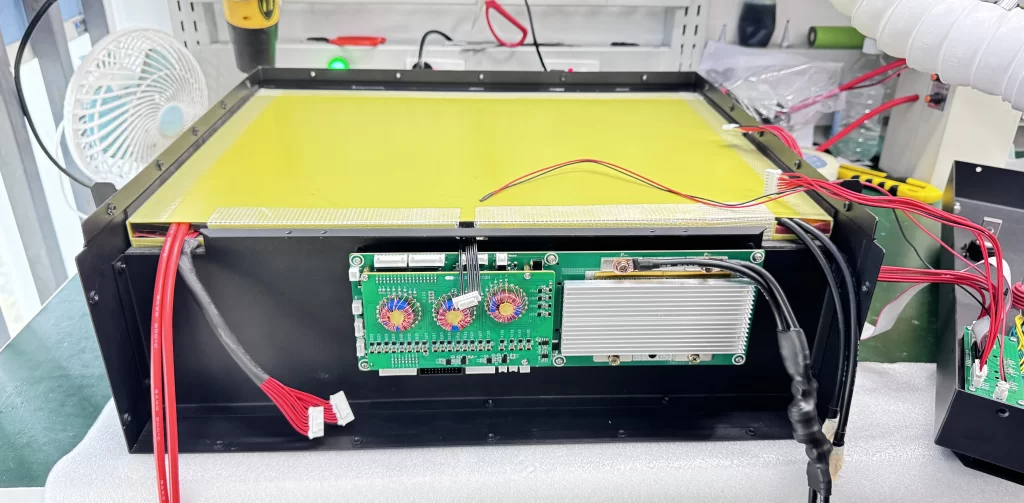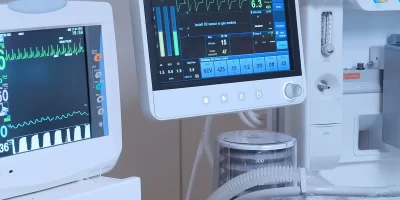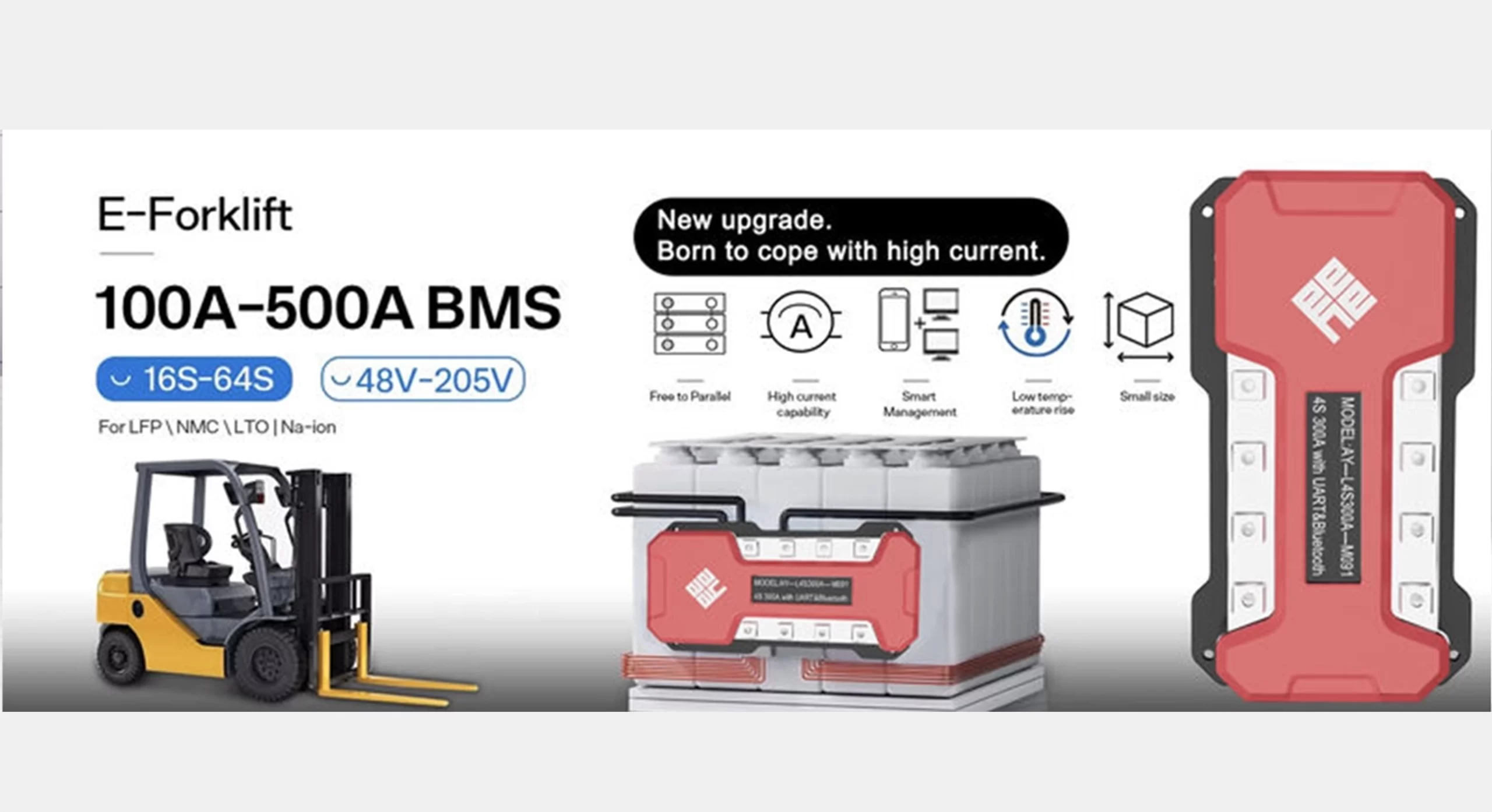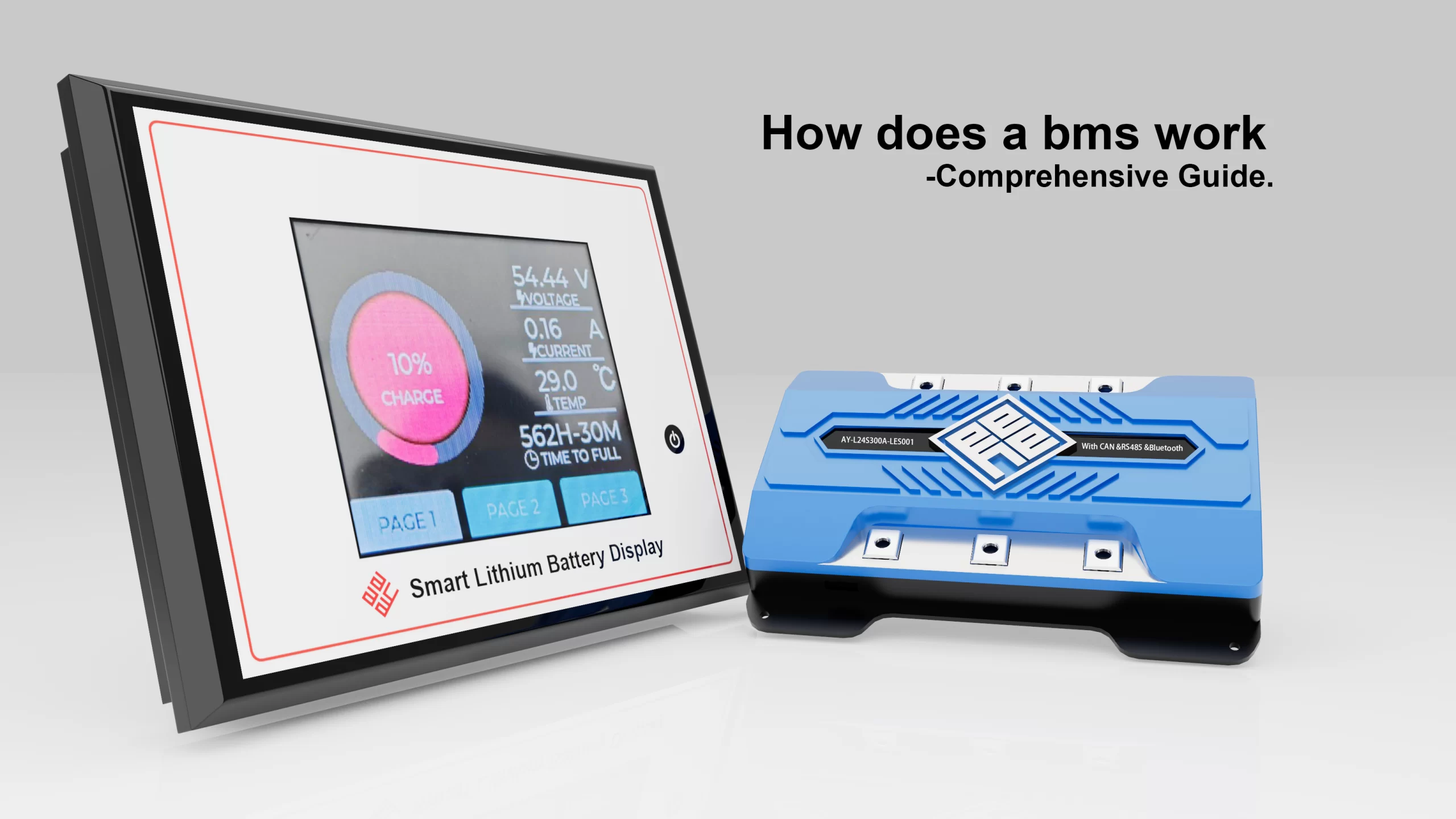Home About Us EVENTS & NEWS BMS Management System Explained: How It Works and Why It Matters for Modern Devices
BMS Management System Explained: How It Works and Why It Matters for Modern Devices
BMS Management System Explained: How It Works and Why It Matters for Modern Devices
Energy storage and consumption have never been more important in the fast-paced, technologically advanced world of today.
Effective power management is essential for dependability, security, and lifespan in a variety of applications, including large-scale energy storage systems, portable devices, and electric vehicles (EVs).
The BMS management system, a complex technological component, is at the heart of this procedure.
A BMS management system, or Battery Management System, is a technology that monitors and manages the performance of rechargeable batteries.
In order to maximize energy efficiency, prolong battery life, and ensure battery safety, it is essential.
Battery packs may experience imbalance, capacity loss, and thermal runaway in the absence of a BMS management system.
In major international markets like the US, Japan, and Germany—all of which are pioneers in battery research and green technology—the significance of these systems has increased dramatically.

Important Elements of a BMS Management System
Knowing a BMS management system’s structure makes it easier to see how important it is.
Usually, the system is made up of:
7S-24S 300A BMS for Forklift Battery
1. Battery Monitoring Unit (BMU)
The BMU is responsible for tracking data from every cell.
It gathers information on voltage, temperature, and current to detect anomalies or irregularities.
2. Cell Balancing Circuit
Over time, a battery pack’s cells may become unbalanced.
By redistributing charge among cells, the cell balancing circuit increases overall efficiency and prolongs longevity.
3. Microcontroller/Processor
The brain of the BMS management system, it processes data and makes real-time decisions about protection, control, and communication.
4. Communication Interface
The BMS management system communicates vital battery condition information to the host device or vehicle via CANBUS, SMBUS, or Bluetooth.
5. Protection Circuitry
Extreme temperatures, short circuiting, overvoltage, undervoltage, and overcurrent are all prevented by this function.
These elements operate in unison thanks to sophisticated algorithms and real-time data processing.

Meaning of BMS management system
A BMS management system is an integrated electronic system designed to monitor, control, and protect rechargeable batteries.
It measures critical data points such as voltage, current, temperature, and state of charge (SOC), using this information to regulate charging and discharging processes.
It also balances cells, detects faults, and ensures batteries operate within safe parameters.
The core functions of a BMS management system include:
1. Monitoring and Data Acquisition
The BMS regularly checks the battery’s important parameters, including:
Voltage: Each cell’s voltage as well as the battery pack’s overall voltage are meticulously measured.
Determining the State of Charge (SOC) and spotting possible problems like overcharging or overdischarging depend on voltage levels.
Current: The BMS tracks the current flowing in and out of the battery, which helps in calculating the State of Charge (SOC), detecting possible short circuits, and ensuring proper charge/discharge cycles.
Temperature: Battery temperature is closely monitored because excessive heat can damage battery cells, while low temperatures can reduce battery performance.
The BMS adjusts the charging and discharging rates to maintain optimal temperature conditions.
In order to facilitate real-time monitoring and data analysis, these metrics are continuously logged.
To make sure the battery runs within safe and effective bounds, this monitoring is crucial.
2. State of Charge (SOC) Estimation
A battery’s current charge level expressed as a percentage of its maximum capacity is known as the State of Charge (SOC).
By monitoring voltage and current and employing algorithms to determine the battery’s energy availability at any given moment, the BMS determines the state of charge (SOC).
The following factors make the SOC estimation crucial:
Power Management:It assists the system in determining when to charge or discharge the battery and guards against overcharging or overdischarging, which can cause the battery to malfunction or perform worse.
Battery Health: The BMS prolongs the battery’s life cycle by making sure it remains within the ideal charge range.
3. State of Health (SOH) Estimation
The battery’s overall condition in comparison to its ideal, brand-new condition is known as the State of Health (SOH).
For determining how much the battery’s capacity has decreased over time, SOH estimation is essential.
The BMS measures a number of indicators to determine the SOH:
Capacity Loss: Batteries gradually lose capacity as they age.
By tracking the battery’s capacity to retain charge over time, the BMS keeps tabs on this deterioration.
Internal Resistance: The internal resistance of the battery increases as it ages, which can affect its efficiency.
The BMS monitors this to gauge the health of the battery.
Cycle Count: Another measure of SOH is the quantity of charge-discharge cycles the battery has experienced.
Degradation usually increases with the number of cycles.
4. Battery Protection
Protecting the battery from situations that could harm it or jeopardize safety is one of a BMS’s most important duties.
Important preventative measures consist of:
Overcharge Protection:Thermal runaway or fire risks could result from charging the battery above its maximum voltage, which is prevented by the BMS.
Overdischarge Protection:The BMS prevents the battery from discharging below a specific voltage threshold, which can harm the cells irreversibly.
Overcurrent Protection: The BMS monitors the current flow and can shut down the system if the current exceeds safe levels, preventing overheating or short circuits.
Thermal Protection: To prevent the battery from overheating and possible thermal runaway, the BMS will halt charging or discharging if the temperature rises above acceptable bounds.
5. Cell Balancing
A crucial component of battery management is cell balancing, which is making sure every cell in a battery pack is running at the same voltage.
Unbalanced cells can cause some to be overcharged while others stay undercharged, which would reduce the battery’s overall performance.
There are two primary methods of cell balancing:
Passive Balancing: Involves dissipating excess energy from the cells with higher charge levels as heat through resistors.
This is a less energy-efficient method but is simpler and cheaper to implement.
Active Balancing: This technique is more energy-efficient but also more complicated and costly since it moves extra energy from higher-charged cells to lower-charged ones.
6. Charge and Discharge Management
Among the crucial roles the BMS performs in controlling battery charging and discharging are the following:
Charging Control: The BMS regulates the charging process to ensure that the battery is charged within safe parameters.
It can adjust the charging current, voltage, and even the charging method (e.g., constant current vs. constant voltage).
Discharge Control: In a similar vein, the BMS controls the battery’s discharge rate to prevent excessive current consumption, which can shorten the battery’s lifespan or cause damage.
Balancing Charge/Discharge Cycles:By ensuring that every cell in the battery pack is charged and discharged uniformly, the BMS increases battery life and efficiency.
7. Communication and Data Exchange
A BMS communicates with other devices and systems to provide vital information and receive commands.
It is typically integrated with other system components via communication protocols such as:
CAN Bus (Controller Area Network):a popular protocol for real-time communication between the BMS and other systems in industrial and automotive settings.
SMBus (System Management Bus): utilized in computer and consumer electronics applications to facilitate communication between the host CPU and the BMS.
Bluetooth and Wi-Fi: allows remote control and monitoring, making the system accessible through cloud platforms or mobile apps.
Real-time monitoring of battery health, performance, and ambient conditions is made possible by the communication system, which also helps to optimize energy use and battery life by offering insightful feedback.
8. Battery Lifecycle Management
In addition to keeping an eye on and safeguarding a battery while it is in use, a BMS also keeps track of the battery’s life cycle, which includes:
Cycle Count: The number of charge/discharge cycles the battery has undergone.
Each cycle contributes to the wear and tear on the battery, which affects its capacity and efficiency.
End-of-Life Management: The BMS will assist in identifying when the battery is getting close to the end of its usable life and needs to be replaced as it ages.
This information makes it easier to recycle or dispose of batteries properly and helps avoid unplanned failures.
A BMS management system guarantees vehicle performance and safety in markets like the US, where EV adoption is increasing.
In Japan, which is known for its cutting-edge electronics, BMS is crucial to extending the life of small battery-operated devices.
Germany, a leader in renewable energy and industrial efficiency, uses BMS systems for factory automation and solar storage units.
How Does a BMS Management System Work?
The operational logic of a BMS management system is both intricate and elegant.
The process begins with the real-time acquisition of data:
Data Acquisition: Voltage, current, and temperature sensors collect information continuously.
Status Estimation: Using complex algorithms, the BMS calculates SOC, State of Health (SOH), and State of Power (SOP).
Protection Mechanisms: If any parameter exceeds safe limits, the system triggers safety protocols.
Balancing: Ensures uniform charge levels across all cells, reducing the risk of degradation.
Communication: The system transmits battery status, warnings, and diagnostics to the external control unit.
This multi-step process guarantees safe, optimized battery usage, enhancing the reliability and efficiency of devices ranging from smartphones to solar farms.
Applications Across Global Markets
Electric Vehicles (EVs)
The emergence of businesses like Tesla in the US highlights the necessity of a strong BMS management system.
It helps cars reach their maximum range and performance by monitoring battery modules and optimizing charging cycles.
Renewable Energy Storage
In Germany, solar and wind farms rely heavily on BMS management systems to store energy efficiently.
These systems play a vital role in managing grid energy, peak shaving, and backup power solutions.
Consumer Electronics
Japan’s dense urban population and tech-savvy culture have made the BMS management system a standard in devices like laptops, smartphones, and portable power stations.
Medical Devices and Industrial Applications
Globally, critical equipment such as ventilators, defibrillators, drones, and robotic systems require precise and reliable energy sources.
A BMS management system ensures these tools operate safely.
Advantages of a BMS Management System
Why is the BMS management system gaining so much traction?
Safety: Prevents battery failures and accidents
Efficiency: Enhances charge/discharge cycles
Longevity: Extends overall battery life
Real-time Monitoring: Tracks performance metrics
Cost-Effectiveness: Reduces operational costs through optimal usage
It is now imperative for enterprises making the switch to sustainable energy, particularly in Germany and Japan, to have a BMS management system.
Key Considerations When Choosing a BMS Management System
The following should be taken into account before choosing a BMS management system:
Voltage and Current Rating: Must align with your battery’s capacity
Communication Protocols: Compatibility with your system architecture
Protection Features: Look for multi-layered safety protocols
Scalability: Ability to adapt to future energy needs
This is where companies like Ayaa Technology Co., Ltd. come into the picture.
Why Choose Shenzhen Ayaa Technology Co., Ltd.?
Ayaa Technology is a top developer and manufacturer of cutting-edge BMS management systems with more than 18 years of expertise.
The company’s product line accommodates operation currents ranging from 1A to 320A and battery topologies ranging from 1S to 35S.
Ayaa provides customized BMS solutions that satisfy international standards, whether you’re developing a solar storage system, an EV battery pack, or a medical device.
Highlights include:
CANBUS, SMBUS, and Bluetooth communication
Passive and active cell balancing
Industrial-grade protection and testing
Applications across EVs, robotics, energy storage, drones, and more
Ayaa Technology’s global presence covers the U.S., Japan, and Germany, providing localized support and fast integration.
Maintenance and Long-Term Care
To ensure the longevity of your BMS management system:
Regular Firmware Updates: Keep software up to date
Visual Inspections: Check for signs of wear or damage
System Calibration: Periodically recalibrate sensors
Data Review: Analyze logs for performance trends
As the energy landscape evolves, the role of the BMS management system becomes even more central.
It’s the digital guardian of every rechargeable power system, ensuring optimal performance, safety, and durability.
Whether you’re in Silicon Valley, Tokyo, or Berlin, adopting a reliable BMS management system like those offered by Shenzhen Ayaa Technology Co., Ltd. will position your business for long-term success in the new era of energy innovation.
Embrace smart energy. Choose Ayaa.
Contact Us
SHARE
News Recommend
-
How does AYAATECH BMS work in E-scooters
01/16/2025 -
2024 battery show in Detroit,USA.
10/08/2024















